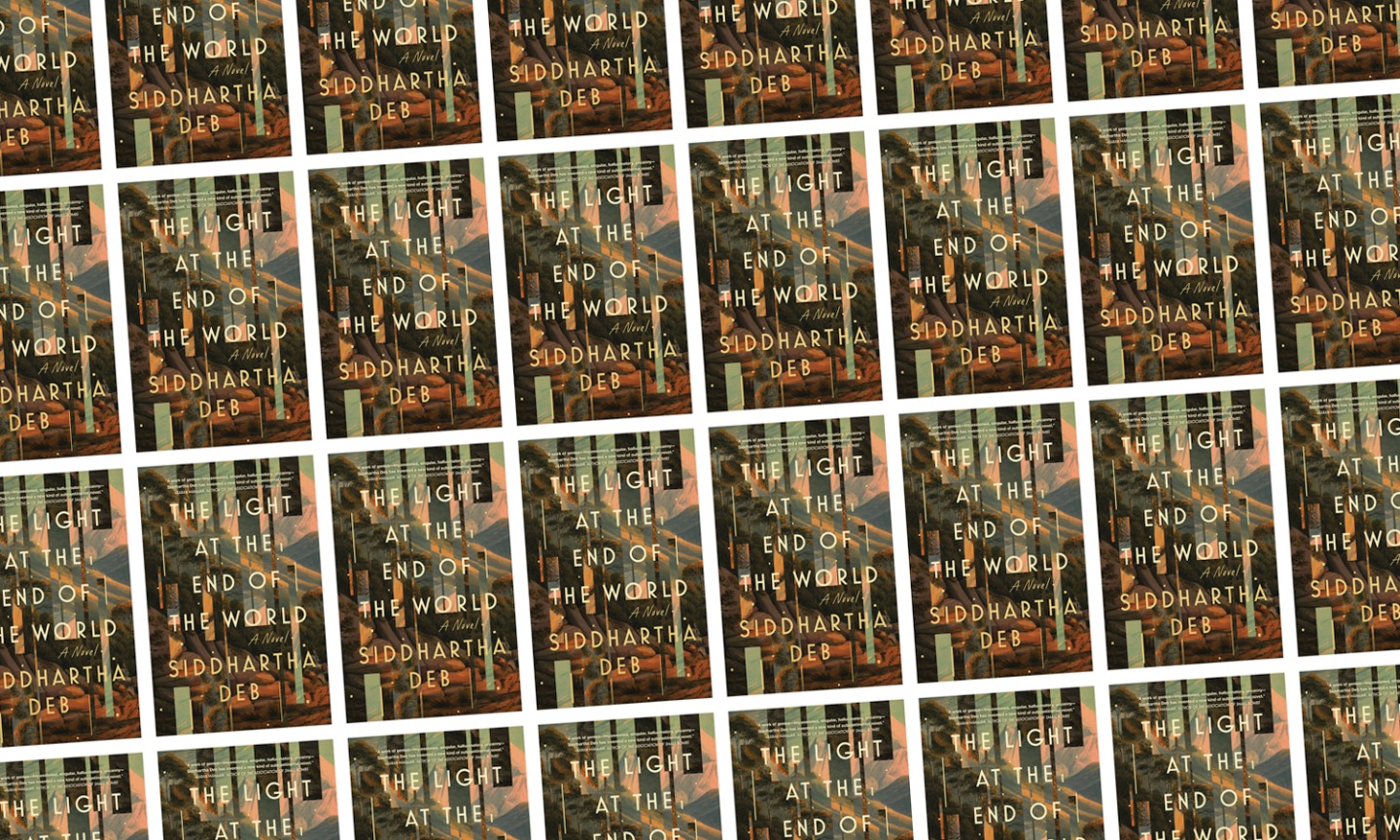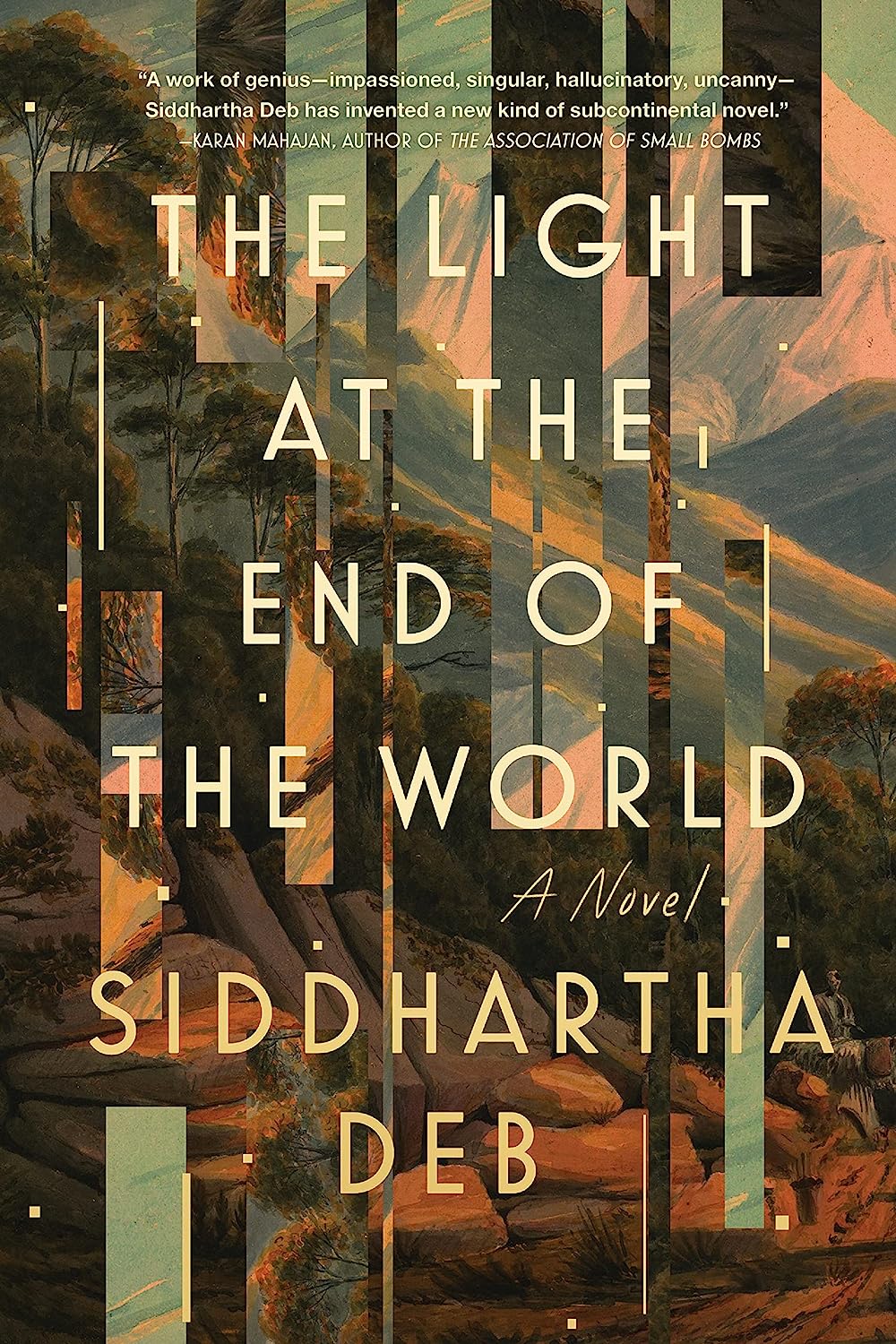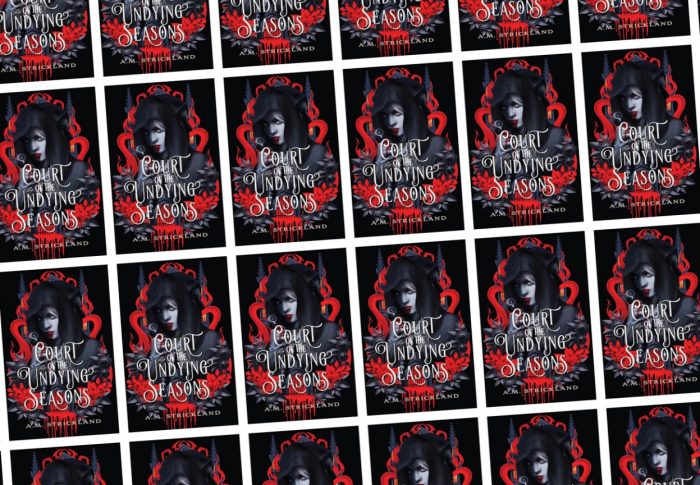
History is an Illusion: The Light at the End of the World by Siddhartha Deb
I don’t usually recommend reading novels when you’re sick, but there’s something about Siddhartha Deb’s “The Light at the End of the World” that makes reading it in a slightly altered state by dizziness seem perfectly appropriate. Since we’re still in the early stages of the review, I should also stress that this is definitely a compliment.
On the surface, Deb’s novel sounds familiar to other novels spanning decades that blend history and speculation, notably David Mitchell’s “Cloud Atlas” and Nanvali Seppel’s “Old Drifting”. But Deb’s book adds an element of insanity—and this is where the “reading while sick” factor comes into play—and it brings this strange, sprawling novel into its realm. The characters in the book search for answers in a timeless realm where, in this ever-changing world, their relationships with themselves, the people around them, power structures, the weight of history, and the most familiar parts of their lives are all undergoing rapid change and correction.
“The Light at the End of the World” is divided into five parts, with Parts 1 and 5 set in near-future Delhi. This is an environment where everything is in a state of flux, including money. “On a fogless but overcast morning, Bibi found out via a text message from Moy that the money in her wallet was no longer useful. All high denomination notes had been canceled and had to be exchanged for new currency.”
Bibi herself has an ambiguous job at a company called Amidala for a mysterious man named SS Chakravarthy. That’s not meant to be Kafkaesque; it’s expressed in a Kafkaesque way. Instead, within ten pages of the novel, the narration itself makes it clear that Bibi is neither sure what Amidala did nor where she stands there. Increasingly, she is tasked with tracking down a man she knew years ago. Bibi also argues over a series of uncovered documents, including one ecstatic description of the New Delhi monkey man, a bizarre phenomenon that led to a string of attacks in 2001.
A passage in the manuscript Bibi read hints at the structure of the novel:
“What if the New Delhi Monkey Man is a mutated creature created by a toxic gas cloud in Bhopal in 1984? What if the New Delhi Monkey Man is an alien creature, an alien who accidentally got stranded on this planet? What if the New Delhi Monkey Man was A strange new mutation, the result of artificial intelligence entering consciousness after the Y2K? What if the New Delhi Monkey Man traveled back in time, from the Indian Army Rebellion of 1857 or the killing fields of Partition in 1947 to us Attack, what will happen?”
Not surprisingly, the remaining three parts of the novel are set in 1984, 1947, and 1857. Each part tells of a character very different from Bibi: the grim hired gun of 1984 contrasted with his idealistic idealism, the students at the heart of the 1947 passage, both of whom are very different from the British colonial soldiers whose alienation becomes increasingly surreal as the 1857 passage draws to a close.
In the 1857 clip, the more hallucinatory elements of the novel stand out from the background, translating much of the novel’s subtext into text. If this part of the novel feels like a riff on Andrei Tarkovsky’s “Stalker,” then it’s for a good reason: Deb mentioned in a recent interview that the movie has a lot to offer. The influence of the novel.
In the same interview, Deb talks about the general structure of the novel. “There are also some hidden plot lines that run through all four parts, but these are there for readers to notice and play with when they come across them,” he said. For me, what connects these different time frames and these different characters are two things: the sense of social upheaval that all these characters experience and the questions of nationality and nationalism that each period raises.
It is with the latter that the more speculative and mysterious elements of the novel come to the fore. The New Delhi Monkey Man isn’t the only supernatural or science fiction entry in “The Light at End of the World.” It’s a novel where ancient airships may have the power to settle disputes between nations, and people undergo strange transformations. Much nationalist rhetoric sees the past as an idealized time when everything was simpler. At the different times and places Deb describes here, the opposite was true. The past is always stranger than Deb’s characters envision—sometimes even frightening.
“The Light at End of the World” would form an interesting double-play with Vladimir Sorokin’s “Frozen Trilogy,” another work of minimalist fiction in which the most reactionary tendencies of a country are juxtaposed against a more Stranger pasts juxtaposed than any reactionary would care to admit. At times, the fiction’s hallucinatory and historical qualities can clash, and its malleable reality can make it difficult to parse outthe details of what happened at certain moments. But this hallucinatory quality makes the novel more effective than more conservative narrative styles. It’s an exhilarating and unexpected journey, whose transformations and contradictions make for a remarkably effective narrative.








Tagged alternate history, book review, Brandon Sanderson, medieval England, Satire